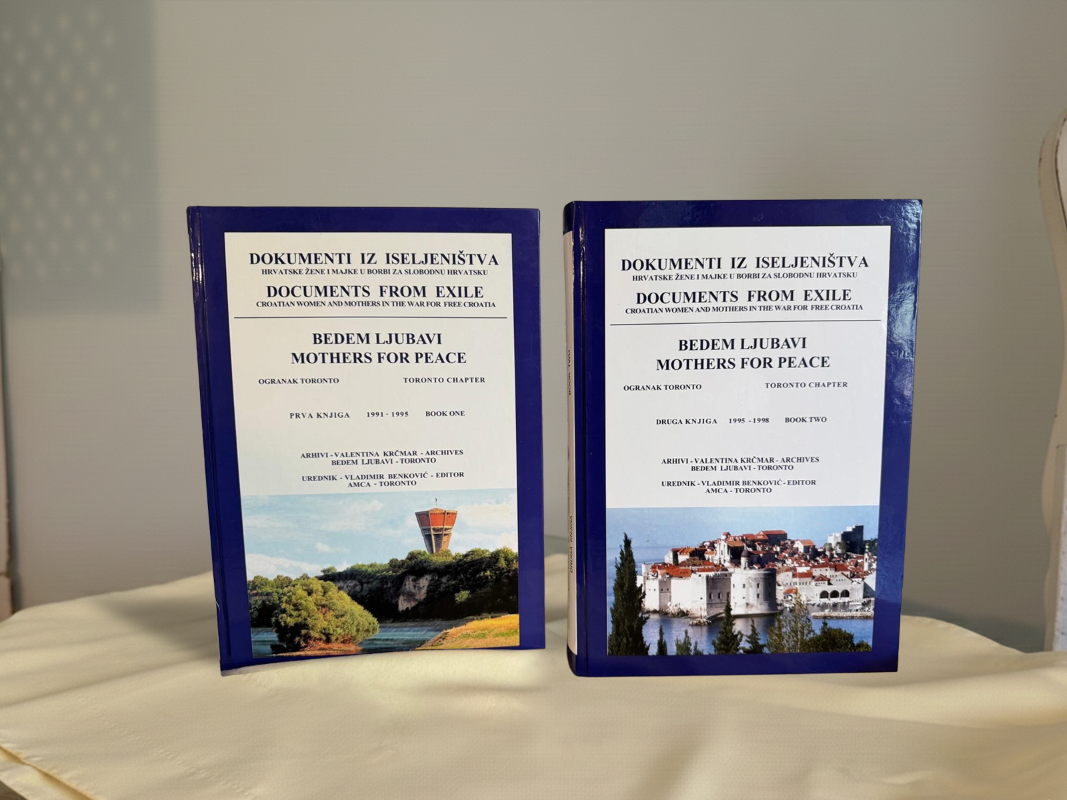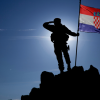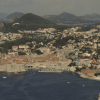
After years of war, loss, and rebuilding, Croatia entered a new era between 1996 and 1998 — one defined not by battle, but by diplomacy, reconstruction, and reconciliation. With most of its territory restored, the focus turned toward healing the wounds of conflict and solidifying Croatia’s place as a stable, independent state.
1996 – Diplomatic Normalization with Yugoslavia
In 1996, Croatia and the Federal Republic of Yugoslavia (Serbia and Montenegro) formally normalized diplomatic relations, a critical milestone in moving beyond the war. This step paved the way for renewed communication, cross-border cooperation, and the gradual easing of tensions that had defined the region since 1991.
Though the memories of war were still fresh, the agreement symbolized cautious progress — an acknowledgment from both sides that peace and dialogue were the only viable paths forward.
1997–1998 – The UNTAES Mission in Eastern Slavonia
The last major obstacle to full sovereignty lay in Eastern Slavonia, a fertile and strategically important region that had remained under Serb control even after Operation Storm. Under the Erdut Agreement of 1995, the area was placed under the United Nations Transitional Administration for Eastern Slavonia (UNTAES).
Between 1997 and 1998, UNTAES successfully managed the peaceful demilitarization, resettlement, and reintegration process. Croatian and local Serb representatives worked together under UN supervision to restore trust and ensure minority protections, setting an example of how diplomacy could succeed where violence had failed.
January 15, 1998 – Peaceful Reintegration of Eastern Slavonia
On January 15, 1998, Croatia officially regained full control over Eastern Slavonia, completing the peaceful reintegration of its entire national territory. The moment was deeply symbolic — exactly six years after international recognition of Croatia’s independence, the country had finally achieved complete sovereignty.
This event marked the official end of the Croatian War of Independence. The guns were silent, the borders restored, and the long process of recovery and rebuilding could begin in earnest.
Reflection and Legacy
The period from 1996 to 1998 was one of transformation. Croatia emerged from the ashes of war as a unified and internationally recognized state. Though the cost of independence had been immense, the nation’s resilience and determination carried it through.
In the years that followed, Croatia would continue its journey toward democracy, European integration, and remembrance — ensuring that the sacrifices made during the war would never be forgotten.




